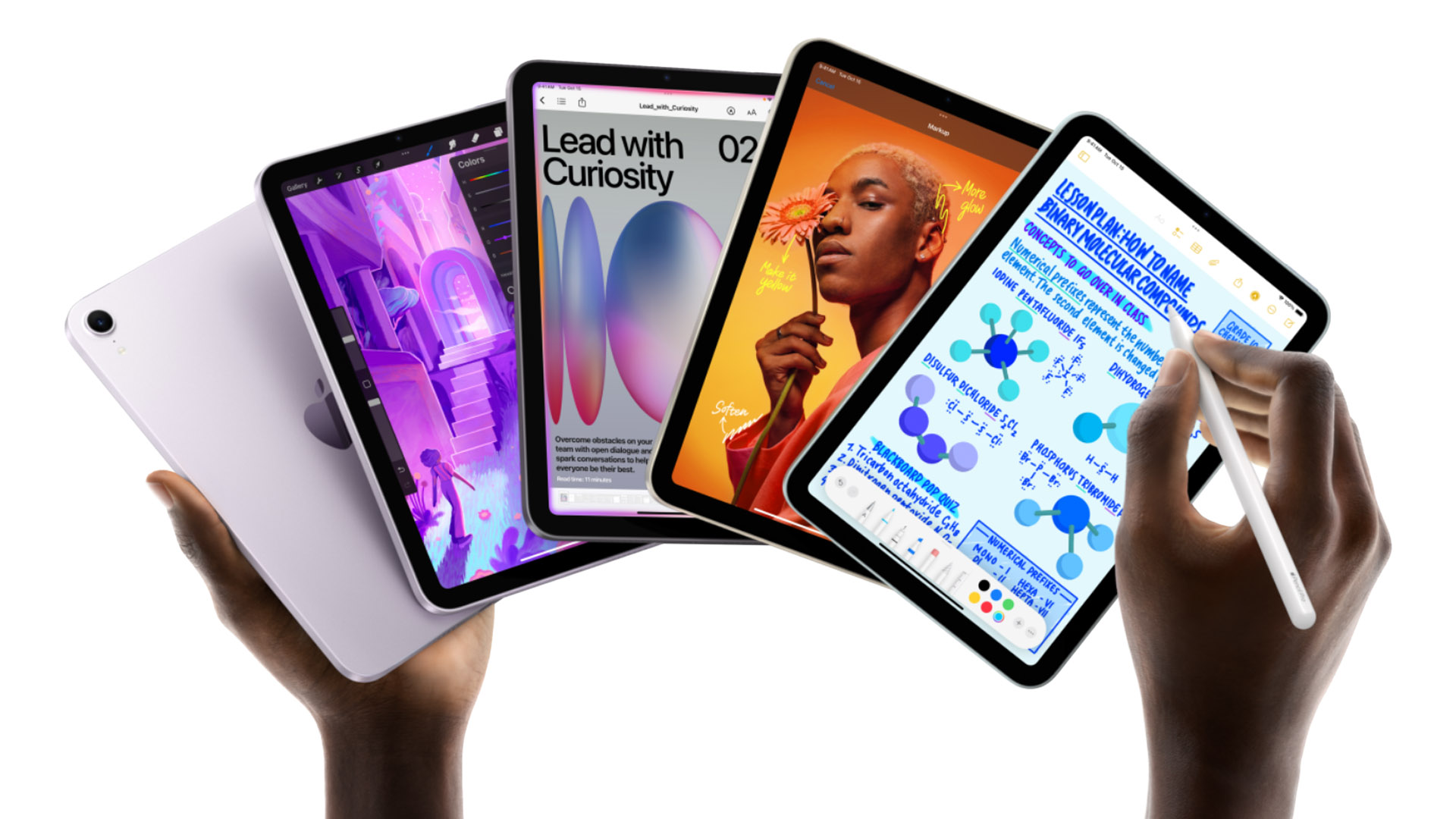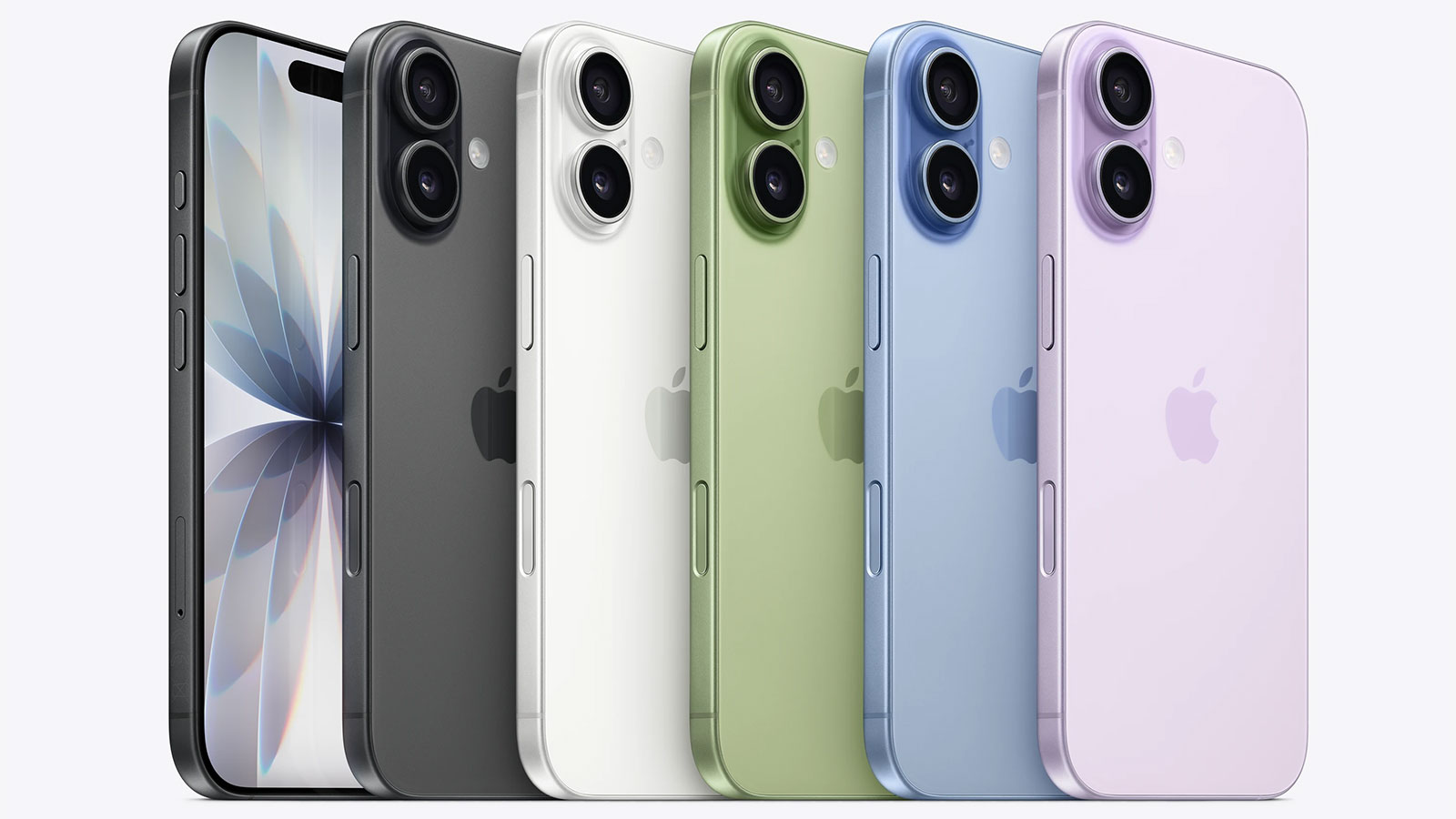Apple silicon speed test: Every iPhone, iPad, and Mac processor compared
Description
At the heart of every Apple device is an Apple processor. Apple has been using its own chips in its iPhones and iPads for more than a decade, while Apple silicon in the Mac is already in its fourth generation.
What’s remarkable about Apple silicon is its performance and power efficiency. But all chips aren’t created equally. Understanding the performance differences between each chip will help with your buying decisions, especially when you’re deciding between iPhone 16 and iPhone 17, or between different MacBook models. Knowing how each chip performs gives you a better idea of what products to buy and whether or not it’s worth your money to step up to a higher model.
Let’s take a look at how the new processors compare with the rest of the processors in the iPhone, iPad, and Mac lineup and see how each performs and what that means to you. For the sake of consistency, we’ve used Geekbench 6 benchmarks. Here’s every chip and how the benchmarks compare with each other.
Update November 5, 2025: Added benchmarks for the M5 in the iPad Pro and MacBook Pro.
Every current processor compared
Results are scores. Higher scores/longer bars are faster. Chips in this chart are currently available in Apple devices.
Before we get into the individual processors, let’s let the chips fall where they may. In the above chart, we’ve only included chips that are in Apple’s current product lineups for the sake of keeping the chart manageable. The Mac section below includes all of the chips, from the M1 to the current chip. If you’re looking for scores of chips that are no longer being used in Apple’s active iPhone or iPad lineups (such as the A12 Bionic), check out the Geekbench Browser.
It’s a somewhat predictable chart, with the fastest Mac chips at the top, followed by a mix of iPads and iPhones. But there are still some fascinating results: owners of the iPad Pro can say their tablet is about as fast as a MacBook Air, and that wouldn’t be much of a reach. And the difference between the $599 iPhone 16e and the $699 iPhone 16 isn’t huge.
If you’re not seeing all the bar chart labels, it may be because your browser font is set larger than the default, or your browser is zoomed in. You’ll need to set the font size and browser view to the default to see all the chart labels (press command and the + or – key).
Please read about how Apple’s M series processors compare to Intel in our Mac processor guide.
iPhone processors
Results are scores. Higher scores/longer bars are faster.
Let’s look at the specifications of the iPhones currently in Apple’s lineup to understand the differences between them.
<figure class="wp-block-table is-style-stripes">
| Processor | Performance cores | Efficiency cores | Graphics cores | Neural Engine | Memory | Thermal Design Power | Devices |
|---|---|---|---|---|---|---|---|
| A19 Pro | 2 at 4.26GHz | 4 at 2.6GHz | 6 | 16-core | 12GB | 12W | iPhone 17 Pro iPhone 17 Pro Max |
| A19 Pro | 2 at 4.26GHz | 4 at 2.6GHz | 5 | 16-core | 12GB | 12W | iPhone Air |
| A19 | 2 at 4.26GHz | 4 at 2.6GHz | 5 | 16-core | 8GB | 11W | iPhone 17 |
| A18 | 2 at 4.04GHz | 4 at 2.2GHz | 5 | 16-core | 8GB | 9W | iPhone 16 |
| A18 | 2 at 4.04GHz | 4 at 2.2GHz | 4 | 16-core | 8GB | 9W | iPhone 16e |
Not surprisingly, the A19 Pro in the iPhone 17 Pro is the fastest. The difference between the A19 Pro and the A19 Pro in the iPhone Air is that the Air has one fewer GPU core. The iPhone 16e has one fewer GPU core than the iPhone 16.
iPad processors
Results are scores. Higher scores/longer bars are faster. Chart includes chips in discontinued Apple devices.
The staggered release of Apple’s iPad lineup creates an odd-looking performance order of CPU and its device.
<figure class="wp-block-table is-style-stripes">
| Processor | Performance cores | Efficiency cores | Graphics cores | Neural Engine | Memory | Transistors | Thermal Design Power | Devices |
|---|---|---|---|---|---|---|---|---|
| M5 | 4 at 4.42GHz | 6 at 2.95 | 10 | 16-core | 16GB | 28 billion | 14W | 13″ & 11″ iPad Pro |
| M5 | 3 at 4.42GHz | 6 at 2.95 | 10 | 16-core | 12GB | 28 billion | 14W | 13″ & 11″ iPad Pro |
| M3 | 4 at 3.49GHz | 4 at 2.06GHz | 9 | 16-core | 8GB | 20 billion | 15W | 13″ & 11″ iPad Air |
| A17 Pro | 2 at 3.78GHz | 4 at 2.11GHz | 5 | 16-core | 8GB | 19 billion | 8W | iPad mini |
| A16 | 2 at 3.46GHz | 3 at 2.02GHz | 4 | 16-core | 6GB | 11.8 billion | 6W | iPad (11th gen) |
The M5-equipped iPad Pros are the fastest models, and the gap between them and the iPad and iPad mini is significant. The 11th-gen iPad that was released in the spring of 2025 has an A16, an upgrade from the A14 Bionic in the previous model.
Apple iPad mini (A17 Pro)

<div class="review product-widget__review-det






